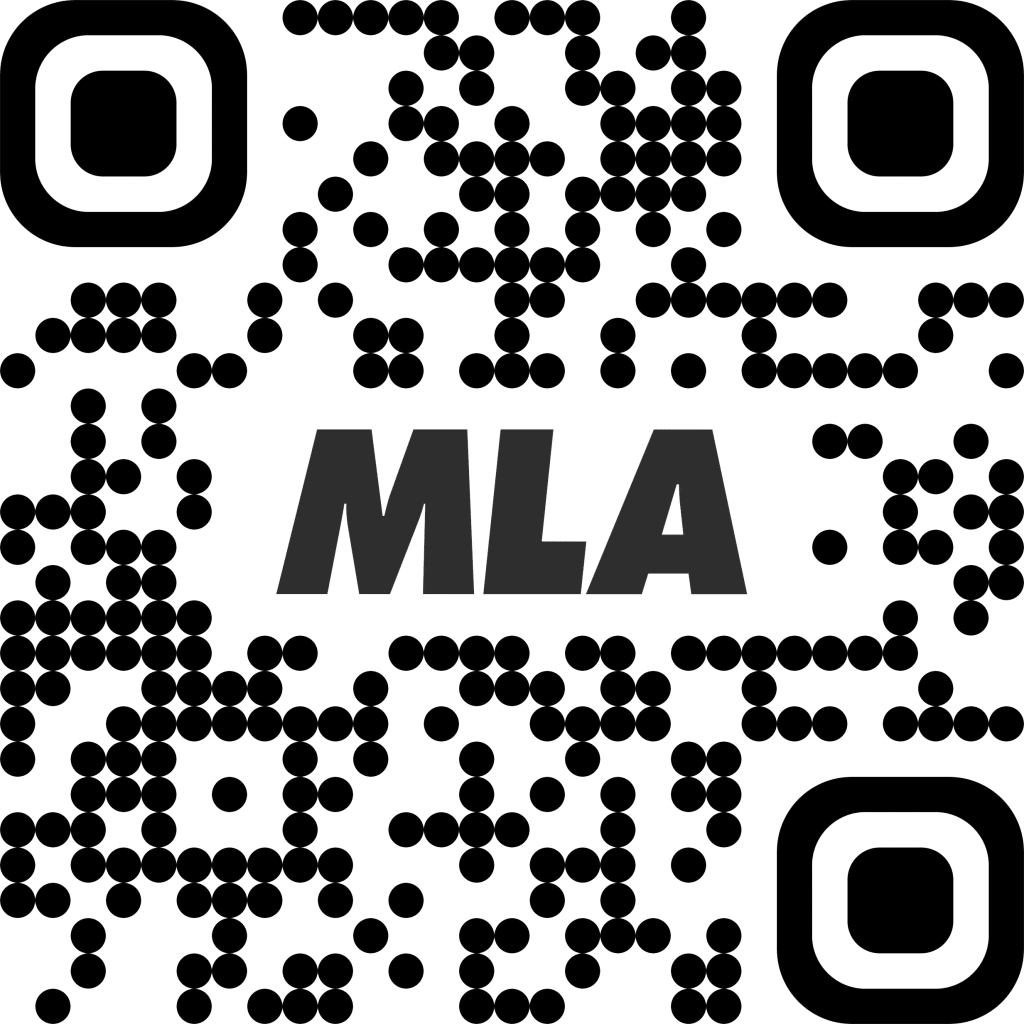Indice articolo
Higher level learners, (B2 level and above), are usually expected to be able to produce informal letters/emails, short stories, for and against essays, articles, reports, formal letters, amongst others. Yet, from my own experience, rarely are students able to produce writing of the same level and accuracy as other skills such as speaking. This may be because not as much time is spent on writing as the other macro skills in class. In many classrooms, any learning based on this skill is often related to the mechanical aspects of writing such as syntax, punctuation, and spelling.
Even learners for whom it is not necessary to take academic exams such as IELTS or FCE often aspire to work in international companies where writing is needed; thus the ability to plan, draft and edit will aid them in the production of text which is coherent, sensitive to the reader and accurate.
Two main approaches to the teaching of writing have been put forward: Product and Process approaches. The former focuses on looking at ‘instances of writing and analysing the features of written texts…[which] will tell us something about what it is that students have to produce’, (Hedge, 1998; 8). The concern of the teacher is the product.
Research has shown however, that good writers appear to go through a process which leads to successful pieces of written work. This includes a mental (and often written) plan, which will include thinking about not only what they want to say but to whom. They would then draft, revise, edit and constantly review their work. This Process approach focuses on just that- the process and of what is involved in good writing. In my experience, I have rarely found students who are able to produce different genres (a piece of written discourse which can be identified by its style, layout and language content) at a suitable standard without guidance and support at different stages of the writing process.
As such, I have decided in this blog to focus on parts of that writing process: planning (pre-writing), drafting (writing) and editing (making changes).
The Planning Skill/Pre-writing
Learners need to consider a number of things in this pre writing stage:
- Who the reader is- Writing to a close friend or a letter of complaint to a company will require very different styles.
- Information the reader wants- Costs, dates, times etc.
- The function of the text- Inviting, informing, complaining etc.
Recognition of these areas gives the writer a sense of purpose and a sense of audience, a writing context. Once the goal has been defined, a writer will start to generate ideas on the topic. This could involve a variety of things; bullet points jotted down to include in a letter, a mental outline, or a mind map. Balance though is needed. Even if elaborate outlines are penned, good writers change their ideas as they write and reshape their plans.
Goals– By thinking about the reader and the relationship between the reader and the writer, learners are forced to focus on the reason for writing and content of the text. I encourage students to imagine a portrait of the reader thinking about their age, gender and personality. They also need to consider the function of writing (e.g. requesting) and information needed (e.g. dates/prices). This helps the students think of the reader as someone other than their teacher
Having identified the function of their written text- persuading, advising etc- the students benefit from language that they can use in their writing to make this function clear. This helps to scaffold the learner’s language, giving them the necessary support to make the function of the text clear throughout.
Drafting
This stage is vital in process writing. Writing the actual draft is often interrupted as the writer stops to review what they’ve written and make improvements and changes. A writer will think about how their ideas are linked together with cohesive linking devices, lexical substitution, and conjunctions to tie ideas, sentences and paragraphs together. The use of referencing to reduce as substitution would also be expected e.g.
‘That’s what I’m looking forward to, the party’ (cataphoric referencing) It sounds like its going to be loads of fun’ (anaphoric referencing). Pronominal referencing and using determiners has been encouraged by many linguists as this helps with the overall cohesion of a text.
Genre– Students should be exposed to the different genres to raise awareness of what they are expected to produce at this level. This will allow students to become familiar with the features of different genres. Comparing differences among genres is useful in raising awareness of both differences and similarities.
Organisation and Linking Ideas– Encouraging students to create a flow chart and sequence events helps them think about organisation. I draw a chart on the board and students discuss how to sequence ideas, which they use as a template when writing. Students become more confident in paragraphing and can then focus on linking ideas together cohesively. Hedges approach to analysing the reference system in a text is very useful. It helps learners see how language references backwards and forwards. I encourage students to actually draw arrows pointing forwards and backwards onto reading passages to raise awareness as reading texts provide the perfect models for them. Some students enjoy this and generally with fairly simple texts are able to do this successfully.
Editing
Tribble (1996;115) quotes Hedge to clarify revision and editing in writing saying:
‘Good writers tend to concentrate on getting the content right first and leave the details like correcting spelling, punctuation and grammar until later. ‘Getting the content right is a reasonable summary of what should happen during revision. The rest is editing’.
Revising and editing involves not only accuracy or grammar, but also clarity of ideas and organisation. The writer must assess whether the task has been achieved, has the reason for writing been met? If they haven’t or can be improved in some way, the writer needs to delete, rephrase or move text around until they feel the objective had been reached. Hedge offers reformulation (rewriting something in an attempt to improve it) as an editing technique.
Reformulation– I have found learners self and peer correction to be most beneficial in helping students develop confidence in how to improve writing. I give them back writing they have done before and get them to reformulate it. Also, I give students examples of pieces of writing and get them to decide if the task has been achieved. A checklist of editing can be used to help the students with what to look for. Students should try to identify patterns in their own mistakes. Learners should be encouraged to deal responsibly and sensitively with each others work however.
A closer look at employing such techniques and focusing on teaching writing sub-skills in the classroom will certainly develop learners and encourage autonomy.
Bibliography
Hedge, T (2000) Teaching and Learning in the English Classroom, OUP
Hedge, T (1988, 1998, 2005) Writing, OUP
Tribble C (1996) Writing
Daniellar Amoah
UK Academic Manager












